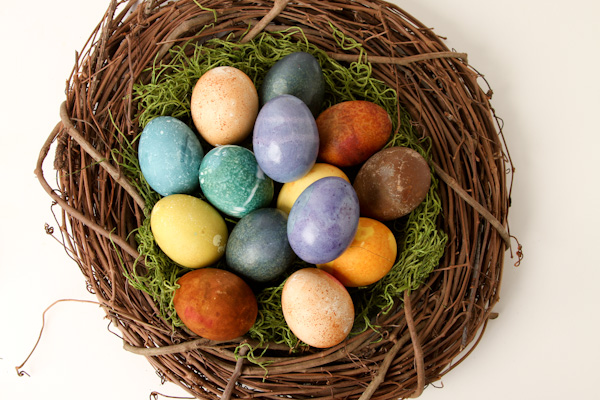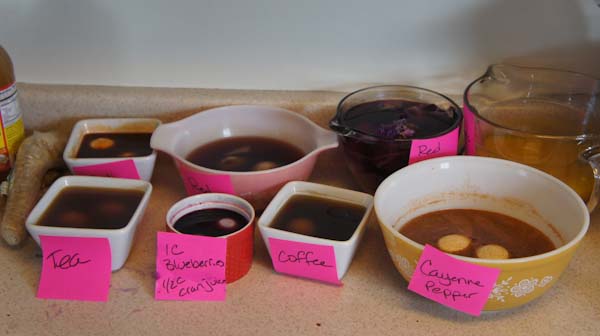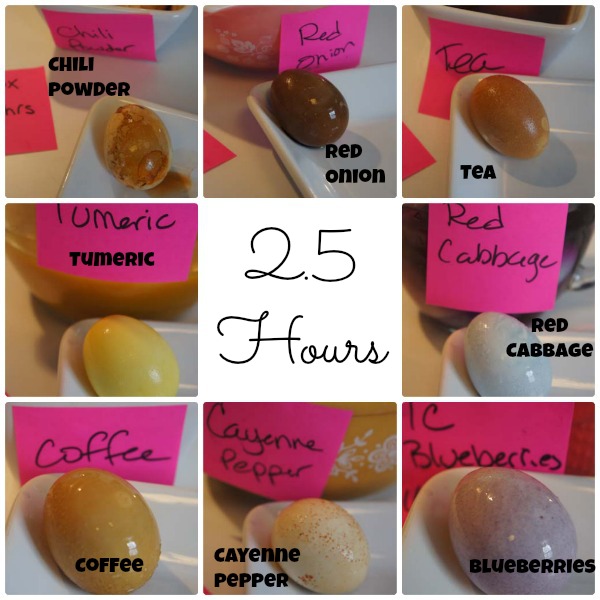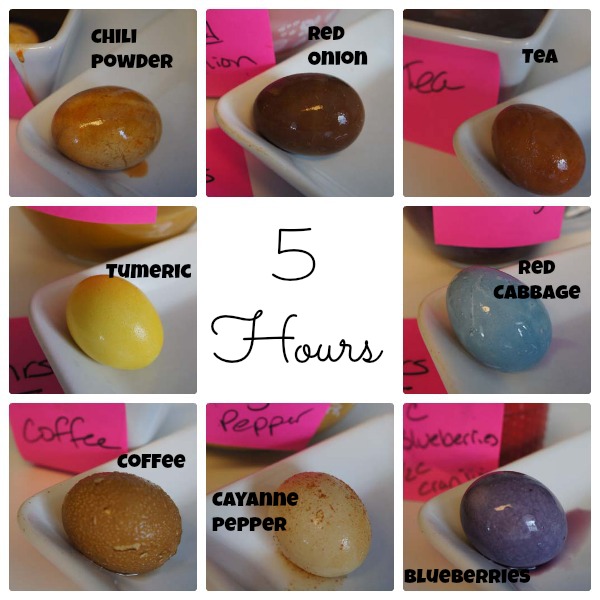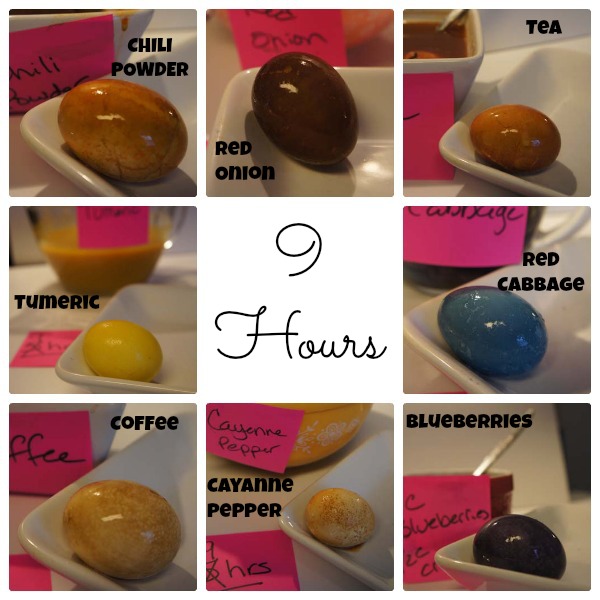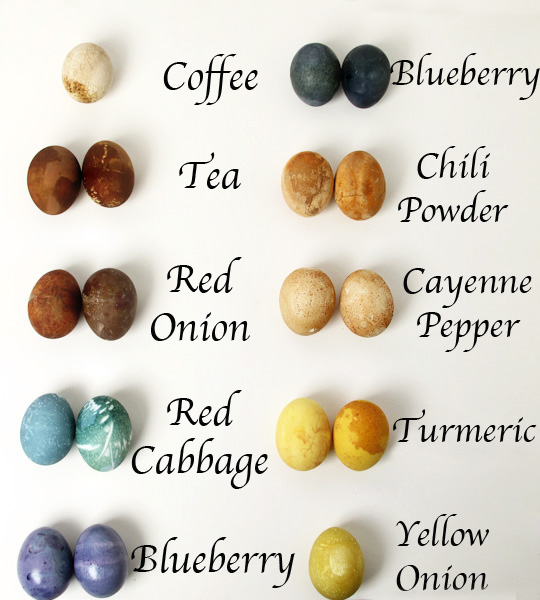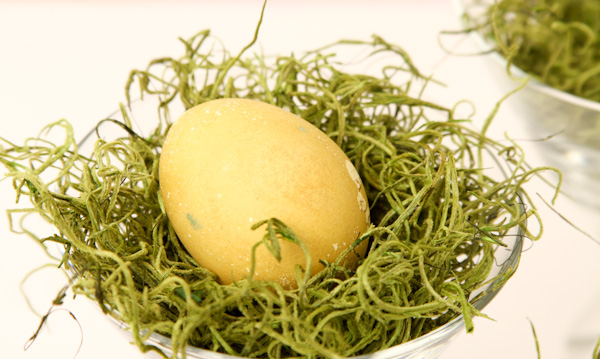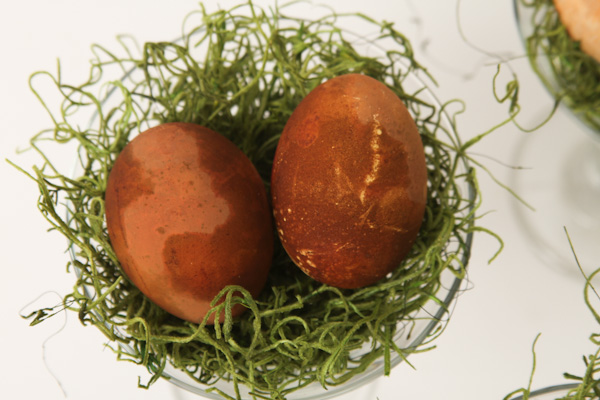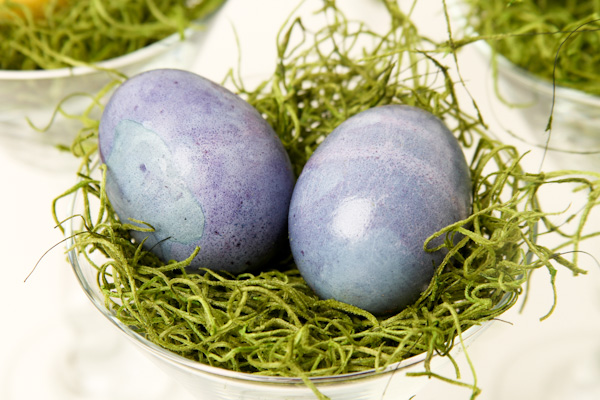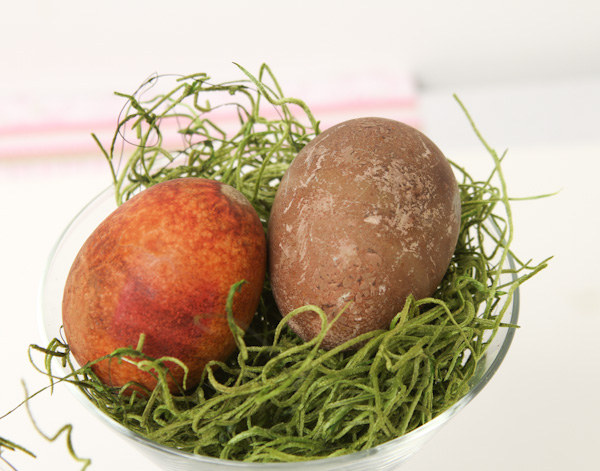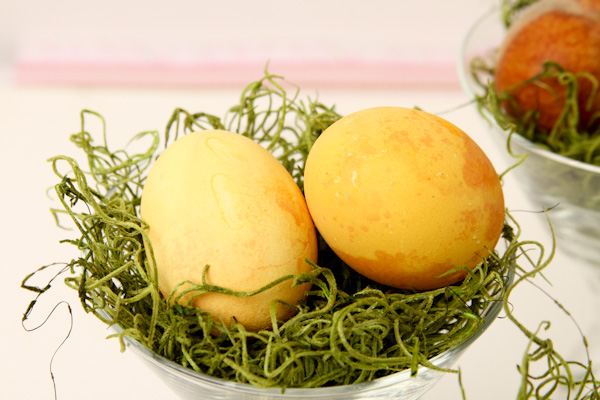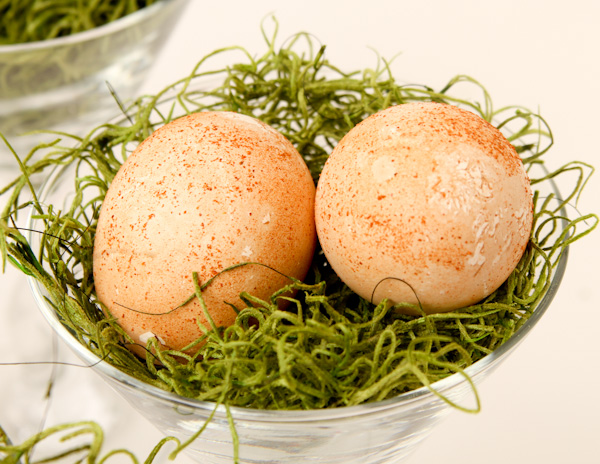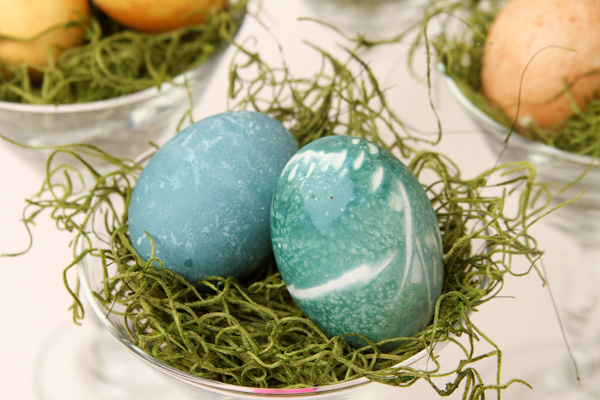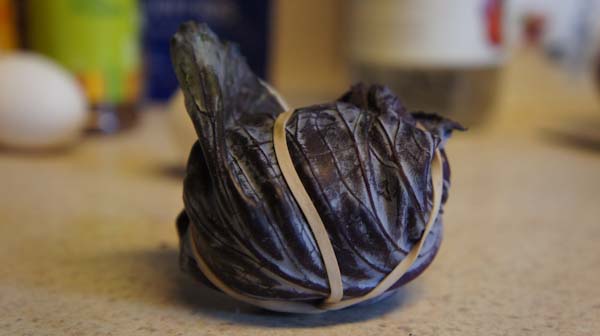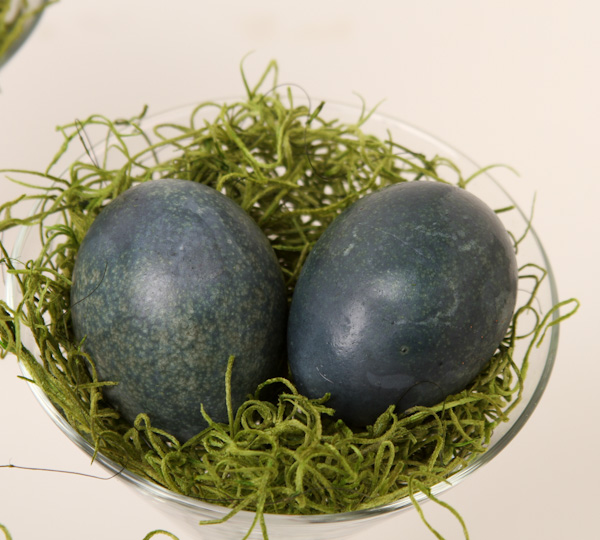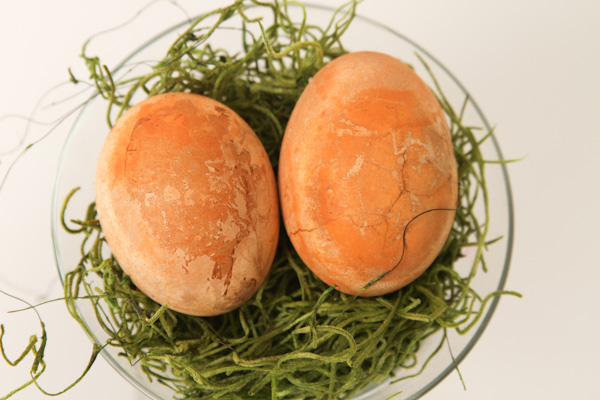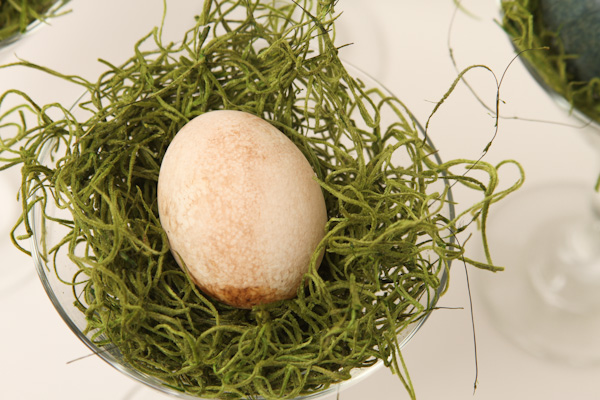If you are growing vegetables in the hope of saving money, here are some suggestions for crops which have delivered real cost savings for us…
By Greg Seaman, Eartheasy
Posted Jan 19, 2011
There are many benefits to growing your own vegetables, but saving money is not necessarily one of them. Some vegetables are simply cheaper to buy at the grocery store, and no amount of gardening savvy will result in a cost-saving benefit.
Over the years we have experimented with many vegetable crops, and while saving money is not the prime reason we grow vegetables, it is a consideration in our choice of what to plant. Although we are fortunate to have plenty of ground space for gardening, the work required to keep the beds fertile and weed free discourages us from planting some crops which are ‘dirt cheap’ when bought in season.
If you are growing vegetables in the hope of saving money, or want to make the most from limited garden space, here are some suggestions for crops which have delivered real cost savings for us. When planning your garden and buying seeds, however, be sure to choose varieties which do well in your growing region. Even within regions there are ‘micro-climates’ which affect growing conditions, so check locally for advice about recommended varieties for your locale.
1. Lettuce
You may have noticed the price of lettuce has risen considerably in the past two years. At a nearby market today, red leaf lettuce cost $1.79 for a small bunch. (And the Spring Mix, a ready to serve assorted lettuce mix sold in a plastic box, cost $4 per 300 grams!) If you grow your own lettuce, from a $2 package of seed you’ll recoup the cost within a few weeks and enjoy your own fresh lettuce for months. Be sure to plant only a small amount of seed, or the unharvested mature lettuce will bolt. Save the remaining seed for replanting every two to three weeks throughout the growing season. This will ensure a steady supply of fresh greens for the table.
In our garden we grow two varieties of leafy lettuce, Magenta (red leaf) and Concept (green leaf). We do not grow head-forming lettuce, like Iceberg, because it takes longer to mature and when ready it gives us too much lettuce at one time. We find that head lettuce also harbors more slugs. The leafy varieties are easy to harvest by picking the outer leaves, and this lets the plant continue to grow and produce.
2. Bell peppers
Green bell peppers cost about $1.50 each at our supermarket, and yellow and red peppers are even more expensive due to their extended ripening times. Pepper starter plants, however, cost about $1 each at our local nursery. This past year we planted ten pepper plants and each plant produced at least six peppers. We let most of our pepper crop mature until they turn red because they taste sweeter than green peppers. My rough estimate is that our $10 investment yielded about $100 in peppers. We don’t use commercial fertilizers, but did add about $5 in peat moss and $5 in amendments like rock phosphate and lime.
Easy to grow, peppers are commonly started early in small pots and transplanted when it’s warm enough outside. Pick off any small peppers that may form on transplants or the plant growth will be stunted. Pick the green peppers as soon as they reach size; this will stimulate new fruiting and increase the yield per plant. You can leave some plants unpicked if you want the peppers to sweeten and turn yellow or red; however, these plants will produce fewer peppers.
3. Garlic
The price of a garlic bulb ranges from $1 to $7 a pound. Our homegrown garlic, grown from cloves saved from the previous crop, cost less than $.50 a pound to grow ourselves.
Garlic is one of the easier crops to grow, but we lost our first couple of crops due to over-watering when the plants were mature. Garlic is often grown over winter which makes good use of garden space. Weeding is important as garlic does not like competition. Harvesting on time and curing properly are important for producing bulbs with good keeping qualities.
In northern regions, garlic does best when planted in the fall. The timing of fall planting should be such that the roots have a chance to develop and the tops do not break the surface before winter, about three weeks before the ground freezes. In some regions spring planting is traditional. We have planted garlic in the spring with mixed results.
4. Winter Squash
At our local supermarket today, winter squash varieties cost between $1.29 and $1.99 a pound. (This is mid-winter pricing, which is more costly.) Our four homegrown squash plants yielded about 40 squash, weighing 4 lbs each on average, which adds up to about 160 pounds. This is worth between $200 – $300. We were given the starter plants, and spent about $15 in soil amendments. Squash starter plants are available for about $2 each.
Winter squash are a favorite among gardeners because they’re easy to grow, don’t require weeding once established, and most importantly, they keep through the winter to provide a valued vegetable for eating all winter and spring. The squash bed does need to be richly prepared before planting, and the runners need a lot of room to spread. If you have space to spare, then growing winter squash makes sense, and saves dollars. (In the photo below, all the squash leaves are from a single plant, which yielded 14 large squash.)
5. Tomatoes
It’s difficult to come up with an accurate figure for the cost of tomatoes because the cost varies so much by season and region. But assigning a range of $2 to $4 a pound is reasonable for this comparison. Last summer we planted four plants of a large variety (Big Beef), two cherry tomato plants (Sun Gold), and two paste tomato plants. Each of the larger plants produced at least 15 large beefsteak tomatoes weighing 1 pound or more. I would estimate that we grew 80 pounds of tomatoes (worth $160 – $320) for a cost of about $40. (Starter tomatoes are about $4 each, and we added about $15 in amendments.
We grew all eight plants in the same 6’ x 12’ plot. The cherry tomatoes provide an early harvest, the large tomatoes are used for summer and fall eating, and the meaty paste tomatoes are good for freezing and canning. Paste tomatoes also make excellent fresh or cooked salsa and sauces. Having a ready supply of tomatoes for cooking during the winter months adds value, since the price of tomatoes goes up in winter.
6. Broccoli
Broccoli costs about $1.50 a pound, which is pretty cheap. Central head weights range from 0.3 to 1 pound, so you get a fair amount of broccoli for the price. After cutting off the central head, many side shoots will grow below, and will equal two to three times the original crown. Our ten broccoli plants produced about 2 pounds each, so we grew about $30 worth of broccoli for a cost of about $10 in soil amendments. The amount of money saved is not enough to get excited about, but the convenience of having fresh-picked broccoli available for 6 – 8 months is a real bonus.
Broccoli is a cool-season crop, and can be grown both as a spring and a fall crop. Broccoli is a heavy feeder and requires soil rich with organic matter. We plant our beds in green manure during the off-season which is a low-cost way of fertilizing the soil. Before planting, compost and peat are worked into the soil, and lime and rock phosphate if needed.
Broccoli is highly nutritious and has been deemed an anti-cancerous food by the American Cancer Society. This vegetable is a good source of Vitamin A, calcium, and riboflavin (or vitamin B2). Even in our northern region, we are usually able to keep a few broccoli plants over winter and harvest the side shoots which continue to sprout. We’ve even had a few hardy plants continue to produce while covered in snow.
The figures used in this article are approximate. We did not weigh every tomato or leaf of lettuce. And the list is by no means exclusive. There are other crops which are cost-effective to grow, and some of the crops listed on this page may be difficult to grow in some regions. The examples listed here show what’s worked best for us, and serve to illustrate that growing your own vegetables can bring down your family’s yearly produce expenses.
As any gardener knows, growing vegetables is more than about saving money. Growing your own vegetables is healthier for the family because the produce is fresh and (hopefully) grown without chemicals. It is better for the environment by reducing the cost of food transport, there are educational benefits for the children, and oh yes, the vegetables will taste so much better!


